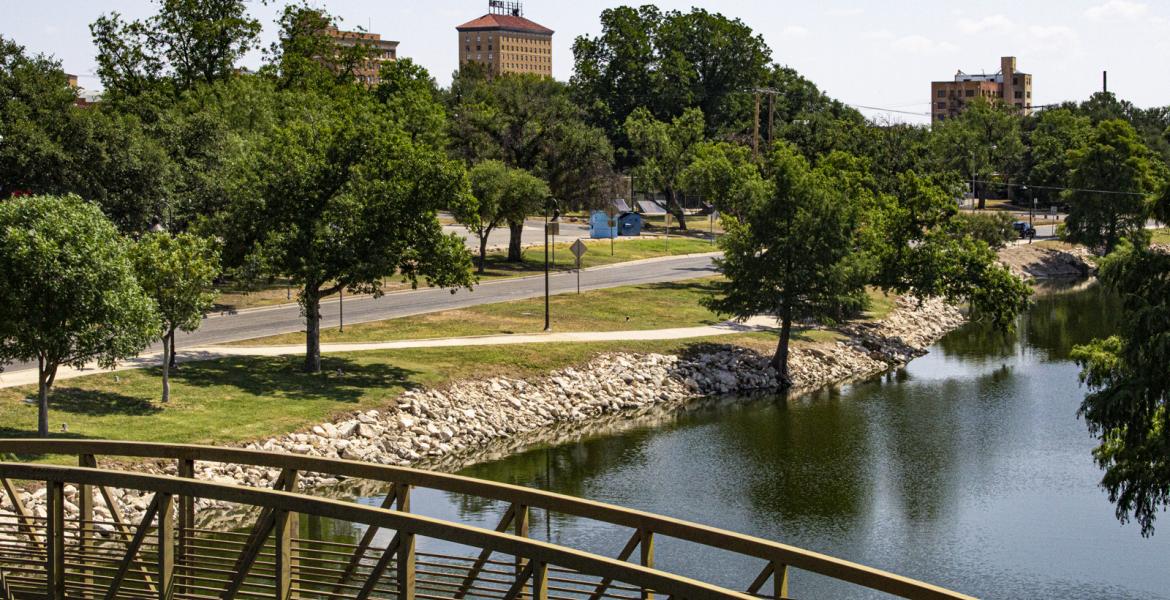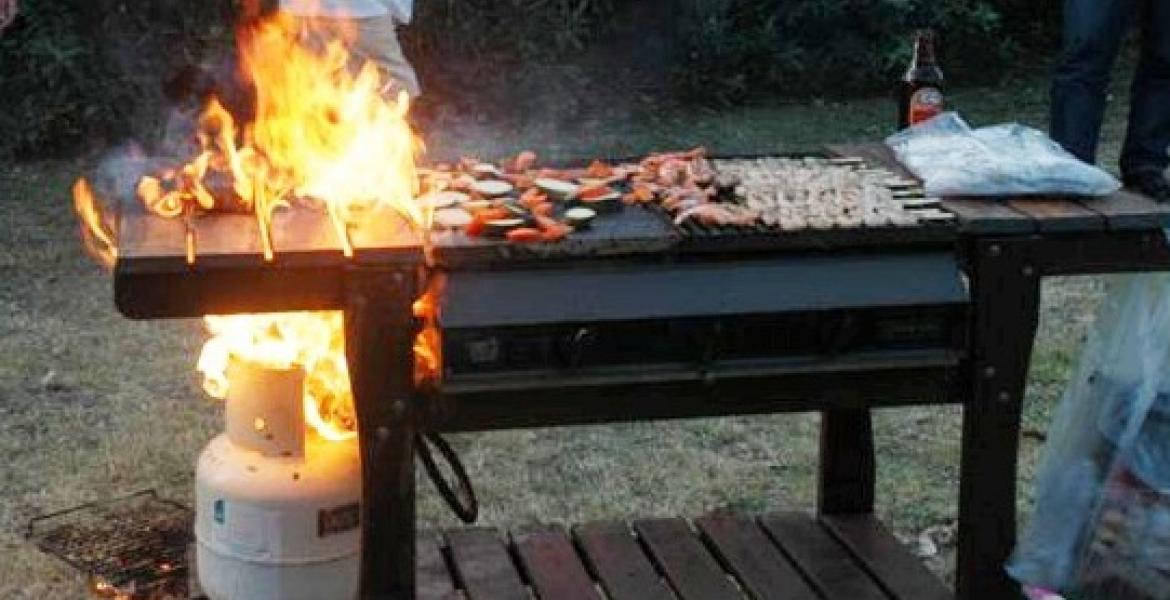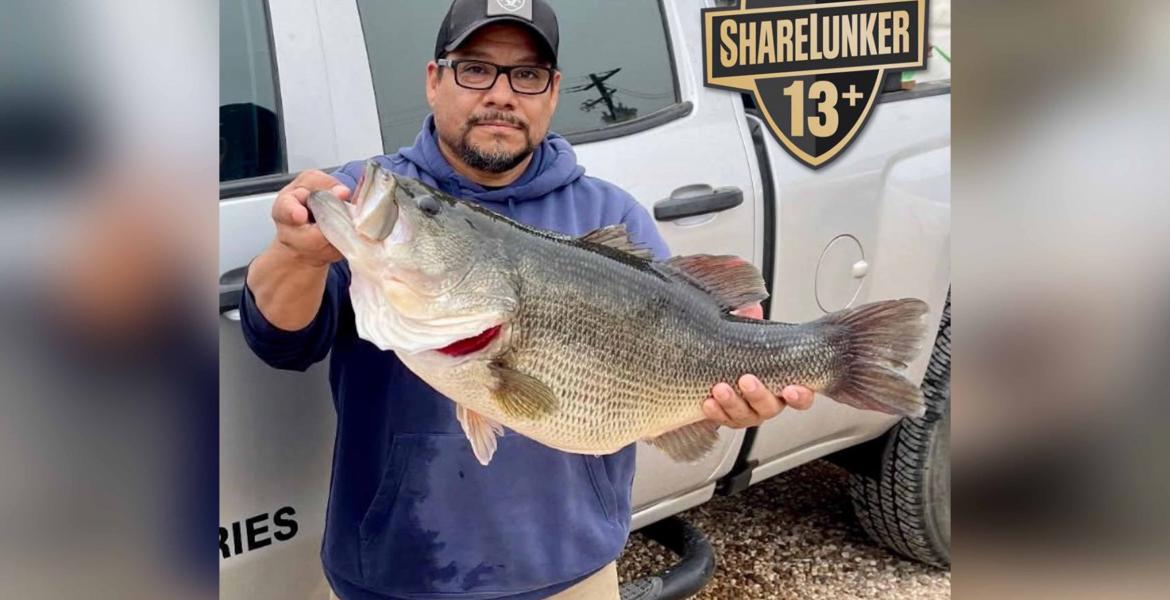SAN ANGELO – Weather experts are forecasting the coldest temperatures by far for the season to blow into the Concho Valley Thursday and are warning residents to prepare now before the deep freeze hits.
According to meteorologists with the National Weather Service office in San Angelo, that Arctic Cold front will arrive in the Concho Valley around 10 a.m. Thursday and morning temperatures in the upper 30s will drop to below freezing quickly and continue to drop to near single digits by sunrise Friday morning.
Temperatures this cold can burst pipes and kill unattended outdoor pets.
Because it's a very strong and very large Arctic cold front, winds will increase from the north at 10 to 15 mph to 15 to 25 mph with gusts above 30 mph throughout the day Thursday and into the overnight hours. Wind chills values will be in the single digits for several hours which could cause extreme damage to exposed pipes and serious injury to pets and livestock unprotected outdoors.
Residents are urged to take precautions of planning on being outdoors at all Thursday through Saturday morning. Wear layered clothing and limit time outdoors with exposed skin due to those dangerously cold wind chills. Protect exposed pipes and provide adequate shelter and fresh water for outdoor pets and livestock.
Winter Pet Safety Tips
- Keep Pets Indoors When Possible. ...
- Provide Outdoor Shelter for Your Pets. ...
- Care for Your Pet's Feet. ...
- Provide Extra Food and Water. ...
- Use Leashes When Walking Near Water. ...
- Don't Lock Pets in Cars. ...
- Keep Antifreeze Out of Reach from Pets. ...
- Check Your Vehicle Before Starting the Engine.
Before the onset of cold weather, protect your pipes from freezing by following these recommendations:
- Drain water from swimming pool and water sprinkler supply lines following manufacturer's or installer's directions. Do not put antifreeze in these lines unless directed. Antifreeze is environmentally harmful, and is dangerous to humans, pets, wildlife, and landscaping.
- Remove, drain, and store hoses used outdoors. Close inside valves supplying outdoor hose bibs. Open the outside hose bibs to allow water to drain. Keep the outside valve open so that any water remaining in the pipe can expand without causing the pipe to break.
- Add insulation to attics, basements and crawl spaces. Insulation will maintain higher temperatures in these areas.
- Check around the home for other areas where water supply lines are located in unheated areas. Look in the garage, and under kitchen and bathroom cabinets. Both hot and cold water pipes in these areas should be insulated.
- Consider installing specific products made to insulate water pipes like a "pipe sleeve" or installing UL-listed "heat tape," "heat cable," or similar materials on exposed water pipes. Newspaper can provide some degree of insulation and protection to exposed pipes – even ¼” of newspaper can provide significant protection in areas that usually do not have frequent or prolonged temperatures below freezing.
- Consider relocating exposed pipes to provide increased protection from freezing.
How to Prevent Frozen Pipes
- Keep garage doors closed if there are water supply lines in the garage.
- Open kitchen and bathroom cabinet doors to allow warmer air to circulate around the plumbing. Be sure to move any harmful cleaners and household chemicals up out of the reach of children.
- When the weather is very cold outside, let the cold water drip from the faucet served by exposed pipes. Running water through the pipe - even at a trickle - helps prevent pipes from freezing.
- Keep the thermostat set to the same temperature both during the day and at night. By temporarily suspending the use of lower nighttime temperatures, you may incur a higher heating bill, but you can prevent a much more costly repair job if pipes freeze and burst.
- If you will be going away during cold weather, leave the heat on in your home, set to a temperature no lower than 55° F.
Subscribe to the LIVE! Daily
Required






Post a comment to this article here: